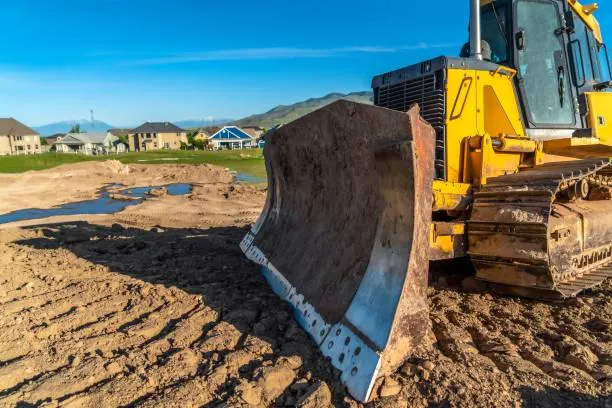
Site Grading Process for Construction Prep
Why the Site Grading Process Is Essential Before Building
Getting your land ready to build isn’t just about clearing trees. The site grading process is one of the most important steps before construction begins. Grading shapes the land, controls drainage, and sets the stage for a safe and long-lasting structure.
At T & A Construction Services LLC, we help homeowners and developers turn raw lots into build-ready spaces. Here's how it all works.
What Is Site Grading and Why It Matters
Grading vs Excavation
Excavation involves digging and removing soil, while grading shapes the land to specific slopes and elevations. Both are key steps in the construction prep work process.
Drainage and Water Flow
Grading ensures water flows away from your structure—not toward it. Poor drainage can lead to flooding, erosion, or foundation damage over time.
Foundation Stability
Proper grading gives your structure a solid, even base. Without it, your foundation might shift or settle, leading to cracks and other serious issues.
How the Site Grading Process Works
Step 1: Survey the Land
Before grading begins, a professional land survey maps out the property’s elevation and slope. This helps determine how much soil needs to be moved.
Step 2: Set the Grade
Using markers and levels, the contractor determines the final elevation of the site. This plan accounts for drainage, foundation needs, and utility placement.
Step 3: Move Soil
Heavy equipment is used to cut, fill, and level the land. This is often paired with excavation for homes, especially when a basement or slab foundation is planned.
Different Types of Grading for Construction
Rough Grading
This is the first round of shaping. It sets the general slope and removes large debris, making the lot safer and more manageable for further work.
Final Grading
Once the foundation is in place, final grading adds the finishing touches. This includes shaping the yard for landscaping and ensuring proper water flow.
Engineered Grading
In some cases, especially commercial projects or sloped land, engineered plans are required. These grading plans are reviewed by civil engineers and submitted for permits.
Preparing a Build-Ready Lot
Integrate Utilities Early
During grading, it’s smart to plan for underground utilities. Doing this now avoids costly re-digging later on.
Soil Compaction
Graded soil must be compacted to support structures and driveways. Loose soil leads to uneven settling and future repair costs.
Erosion Control
In rainy areas, you’ll need to add straw, netting, or silt fencing to protect newly graded land from washing away.
FAQs – Site Grading Process
How long does grading take?
Most residential grading projects take 1–3 days, depending on lot size and soil type.
Can I skip grading if my land is flat?
Even flat land needs grading to ensure proper drainage and soil stability under your foundation.
Do I need permits for grading?
Yes. Many municipalities require permits, especially for major grading or large-scale soil movement. A professional can guide you through it.
Trust T & A Construction Services for Land Prep Done Right
The site grading process is more than moving dirt—it’s about shaping your future home’s success. At T & A Construction Services LLC, we handle grading, excavation, and complete construction prep work from start to finish.
Contact us to request a quote or schedule a site visit.